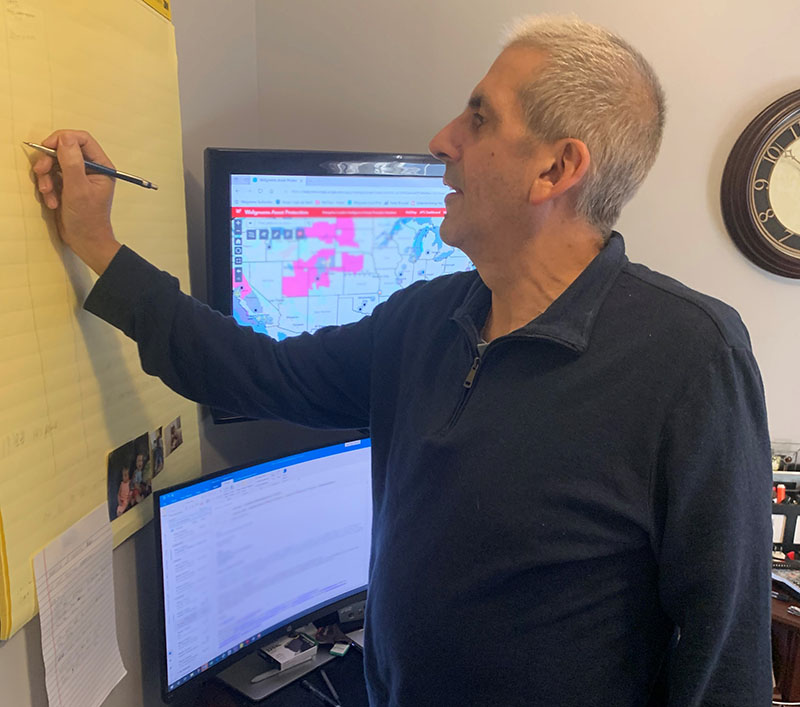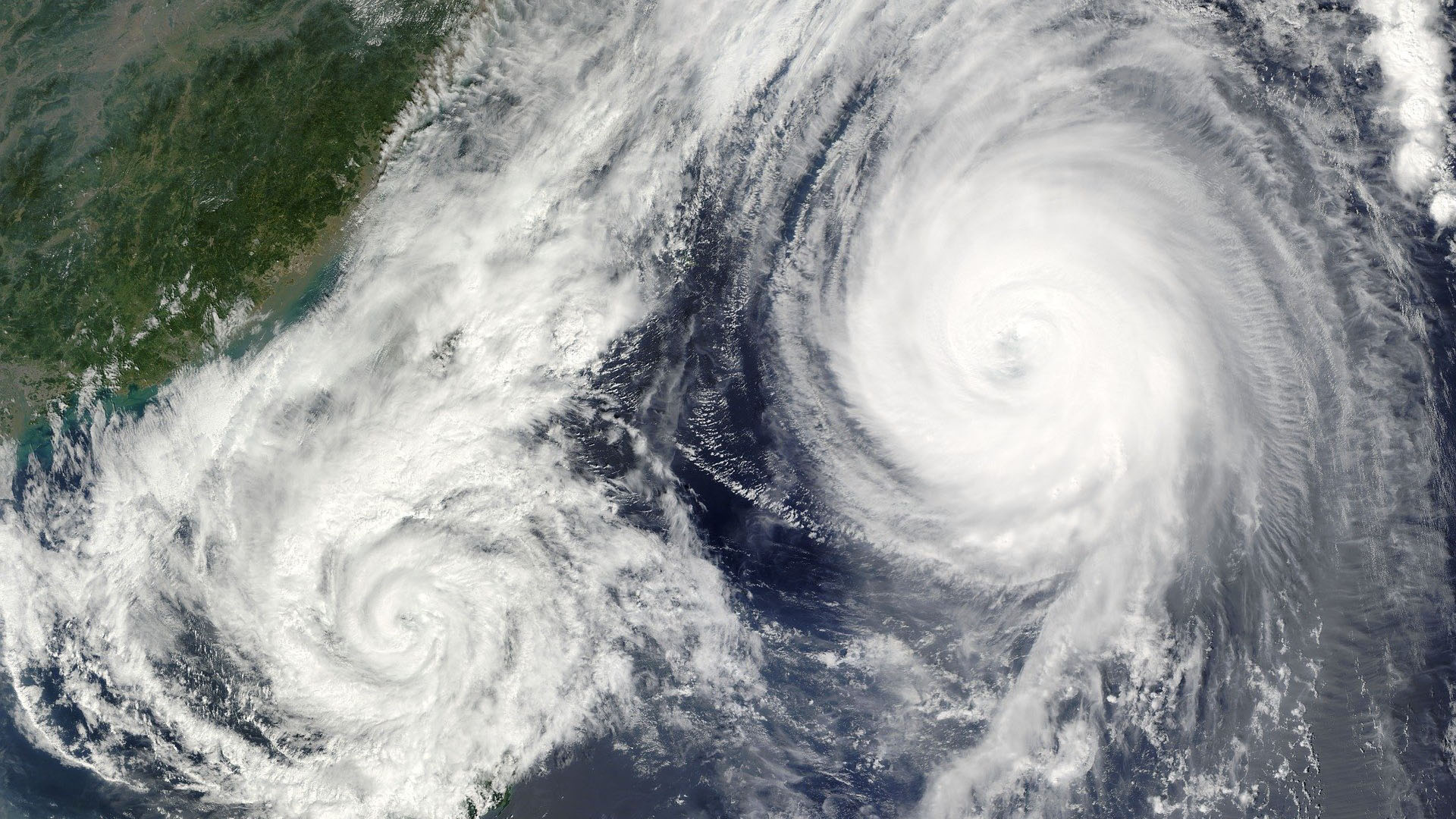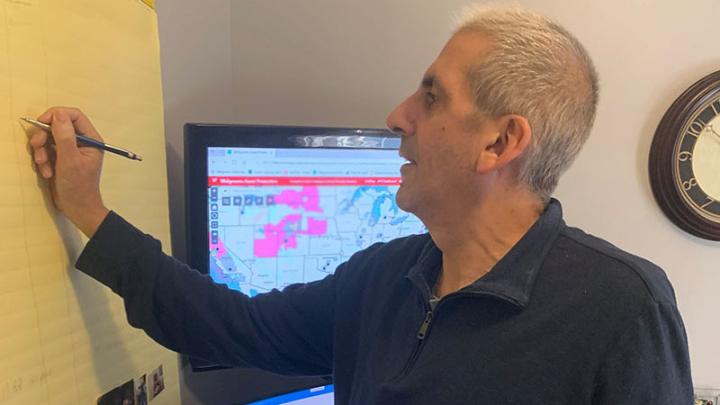Part 4: Powerful connections
Previous: Part 1, Part 2, Part 3
There’s a memory that pops up a lot lately for Gary Normandin. Today he’s senior manager of disaster response and risk management for StoreCare – the arm of Walgreens responsible for the structural condition and repair of buildings. But he’s a carpenter by trade, and his 17 years at Walgreens – plus 12 more as a contractor before that – have included a lot of hands-on work at darkened stores in the wake of nasty storms.
“I used to connect generators back in the day, going around in the field as one of the guys helping to get stores back online,” he recalls. “I had just connected a generator, and I walked around the front of the store, and a woman came running across the parking lot. She hugged me. She said, ‘Did you turn the lights on? Thank you so much. My mother needs her medication. I love Walgreens.’ Each time we get a generator connected or something like that, I remind myself that’s why we do it.”

In 2020, Normandin has been doing more hug-worthy work than he ever could have imagined. It started, of course, with the pandemic. If a coronavirus-positive customer is found to have been in a Walgreens store for a period of time, StoreCare will bring in a vendor to do a deep cleaning, while the health and safety team determines quarantining steps for employees.
The community disturbances starting in May meant actual damage at many stores, along with a need to board up windows. It’s in these situations, plus the hurricanes and wildfires, that Normandin really gets down to business. He enters the picture whenever there’s a potential crisis developing, attending emergency response calls and staying in touch with regional leaders to help route resources – up to and including mobile pharmacies – to the right areas.
After a hurricane, the first resource for a store is often a generator. Walgreens owns about 40 portable ones, supplemented by additional units from vendors. These units are stationed mainly in the Southern and Gulf states, with a few also in the Northeast and California. Thirty-five Walgreens stores relied on generators in the days after Hurricane Laura, and another 20 after Sally.
“Restoring power is the first priority, and from there we try to get as much information as we can the first couple of days,” Normandin says. “Oftentimes, store managers can’t get to their stores because they may be personally impacted. There may be roads flooded and they can’t get back into their area. So we do the best we can to mobilize people and get a snapshot, at least, of what each store looks like. And if it’s a major-damage store, then we engage our construction partners from the properties team. Regional StoreCare managers also create work orders and prioritize stores so we can do any of the minor repairs and get the store open as soon as we can to service the community.”
He thinks of that woman again, hugging him for attaching a generator. Customers know, They appreciate Walgreens and the hundreds of unseen helpers who literally keep the lights on – from the planners to the communicators to the repair crews to the agents on the ground.
“That’s what keeps you coming back, you know?” Normandin says. “It is a grind sometimes when you’re going through so many of these events. There are a lot of balls in the air, pulling you in different directions. But once the dust settles, you realize how you’ve supported the stores and community and the people who’ve needed our help. To be able to be there for a community, it’s pretty special.”

